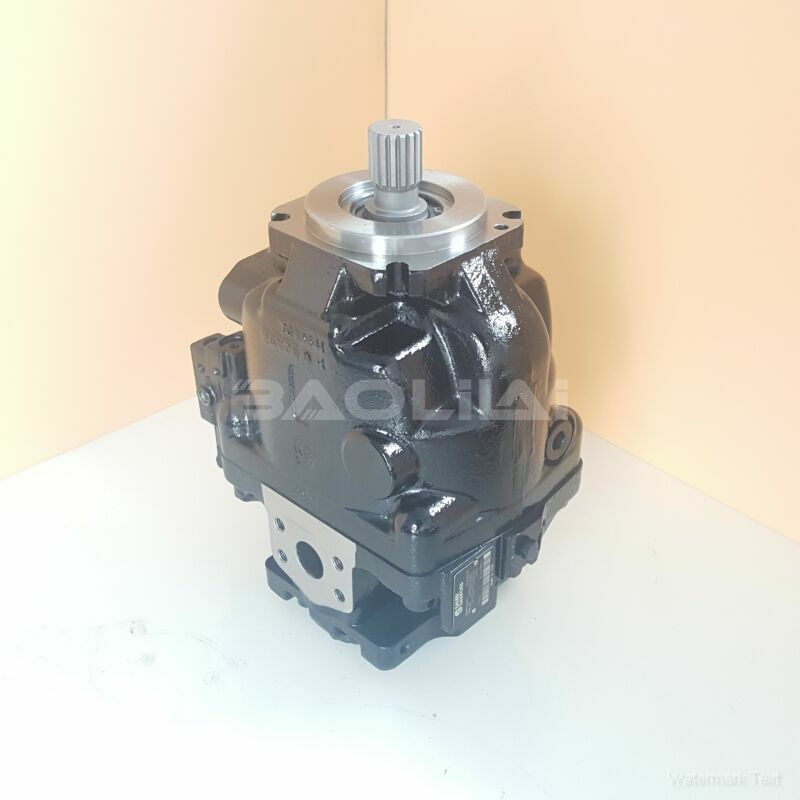ERR130BRP1720NNN3S1BPA1NNNNNNNNNN piston pump
ERR130BRP1720NNN3S1BPA1NNNNNNNNNN piston pump

- Product Details
- Applicable Scene
Hydraulic pumps are critical components in various industries, from manufacturing and construction to agriculture and automotive. Ensuring their longevity and efficiency requires a systematic approach to maintenance. A well-maintained hydraulic pump not only performs better but also reduces the risk of unexpected breakdowns. This article presents a comprehensive checklist for maintaining hydraulic pumps for long-term efficiency.
ER-R-130B-RP-17-20-NN-N-3-S1BP-A1N-NNN-NNN-NNN
ERR130BRP1720NNN3S1BPA1NNNNNNNNNN
Regular Fluid Checks

80005182
Hydraulic fluid is the lifeblood of any hydraulic system. Regularly checking the fluid level is vital to ensure optimal performance. Low fluid levels can lead to overheating and increased wear on the pump components. Additionally, inspect the fluid for contamination or discoloration, which can indicate the presence of water or particulates that may compromise the system’s efficiency.
Change Fluid and Filters
Hydraulic fluids degrade over time and should be changed according to the manufacturer’s recommendations or every 1,000 to 2,000 hours of operation. While changing the fluid, replace the filters to ensure that contaminants do not circulate through the system. Using high-quality filters can help maintain clarity and prolong the pump’s lifespan.
Inspect Seals and Connections
Leaking seals can lead to significant fluid loss and decreased efficiency. Regularly inspect the seals and connections for wear or damage. Ensure that all fittings are secure and show no signs of leakage. If any seals appear worn, replace them promptly to avoid costly repairs down the line.
Monitor Temperature and Pressure
Overheating can be a significant issue for hydraulic pumps. Regularly monitor the operating temperature and pressure to ensure they remain within specified limits. Excessive temperatures can indicate issues such as low fluid levels, contaminated fluid, or poor system design. Installing temperature and pressure gauges can provide continuous monitoring for early detection of potential problems.
Keep the System Clean
Dirt and debris can severely diminish hydraulic efficiency. Keeping the hydraulic system clean, including the pump, hoses, and reservoir, is essential. Regularly wipe down all components with appropriate cleaners and ensure that dust and contaminants do not enter the system during maintenance procedures.





